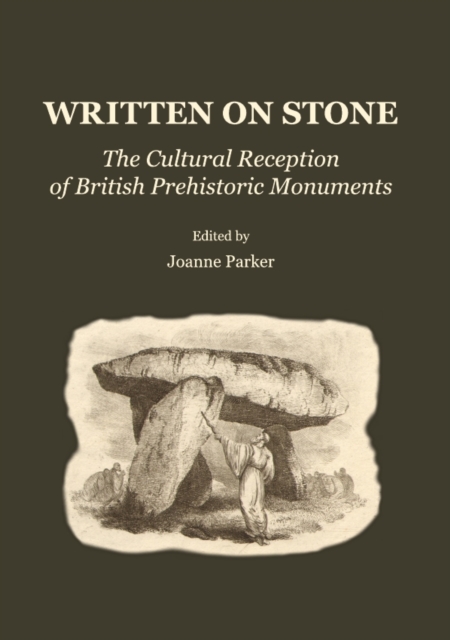
None Written on Stone : The Cultural Reception of British Prehistoric Monuments PDF
Edited by Joanne Parker
- Information
Description
This collection of essays is not interested in the unresolved questions about the origin, original use, and authentic meaning of the prehistoric monuments of the British Isles. It is not concerned with their prehistory. Rather it deals with the history of barrows, standing stones, and stone circles: with the ways in which they have been viewed, the meanings that have been attributed to them, and the significant impact that they have had over the centuries on British life and culture - from motivating artists, authors, musicians and film-makers to inspiring 'New Age' religions. It is thus as interested in stones commonly believed to be megaliths - like the foundation stones of the chapel in the Dartmoor village of South Zeal - as in 'real' remains.
In her recent study of Stonehenge, the historian Rosemary Hill asserted: 'Stonehenge does not belong to archaeology, or not to archaeology alone'. Likewise, this book is not written primarily for archaeologists - or not for the interest of archaeologists alone. It will also be of interest to social and cultural historians, to those interested in fine art, literature or film, and to anyone fascinated by the construction of national, local, or counter-cultural identities. It should also intrigue anybody who lives near one of the thousands of prehistoric remains that add beauty and mystery to Britain's countryside.
The book surveys over eight hundred years of rediscovery, study, superstition, inspiration, fear, restoration, and destruction, investigating how different generations saw their own anxieties, beliefs and concerns reflected in the mysterious lives of the prehistoric builders. By discussing the many different ways in which prehistoric remains have been treated in different periods, the book interrogates any notion of objective approaches to archaeology. Instead, it asserts that what we think of as 'the past' is in fact multiple and man-made. Thus, if we are to effectively interpret and fully understand the prehistoric remains of the past, a variety of disciplines and a range of approaches - both traditional and unconventional - will need to work together. For this reason, this book has been produced as a jointly-authored text - a collaboration between archaeologists, folklorists, historians, journalists, and literary critics.
Information
-
Download Now
- Format:PDF
- Pages:175 pages
- Publisher:Cambridge Scholars Publishing
- Publication Date:02/10/2009
- Category:
- ISBN:9781443815536
Information
-
Download Now
- Format:PDF
- Pages:175 pages
- Publisher:Cambridge Scholars Publishing
- Publication Date:02/10/2009
- Category:
- ISBN:9781443815536